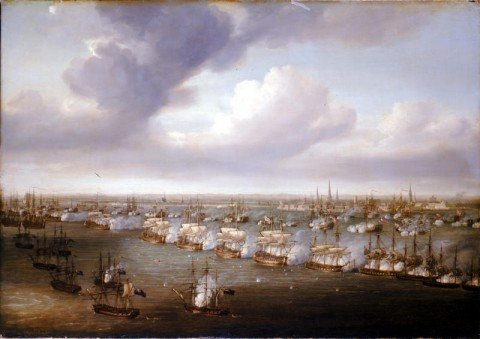The rise and fall and rise and fall of the autogyro
Finally, something to justify the existence of the Internet. The Google Ngram Viewer takes the corpus of words formed by the Google Books dataset (i.e. books, journals, magazines, but not newspapers) and lets you plot the changes in frequency of selected ones over time. There are all sorts of interesting questions you could (in principle) […]


